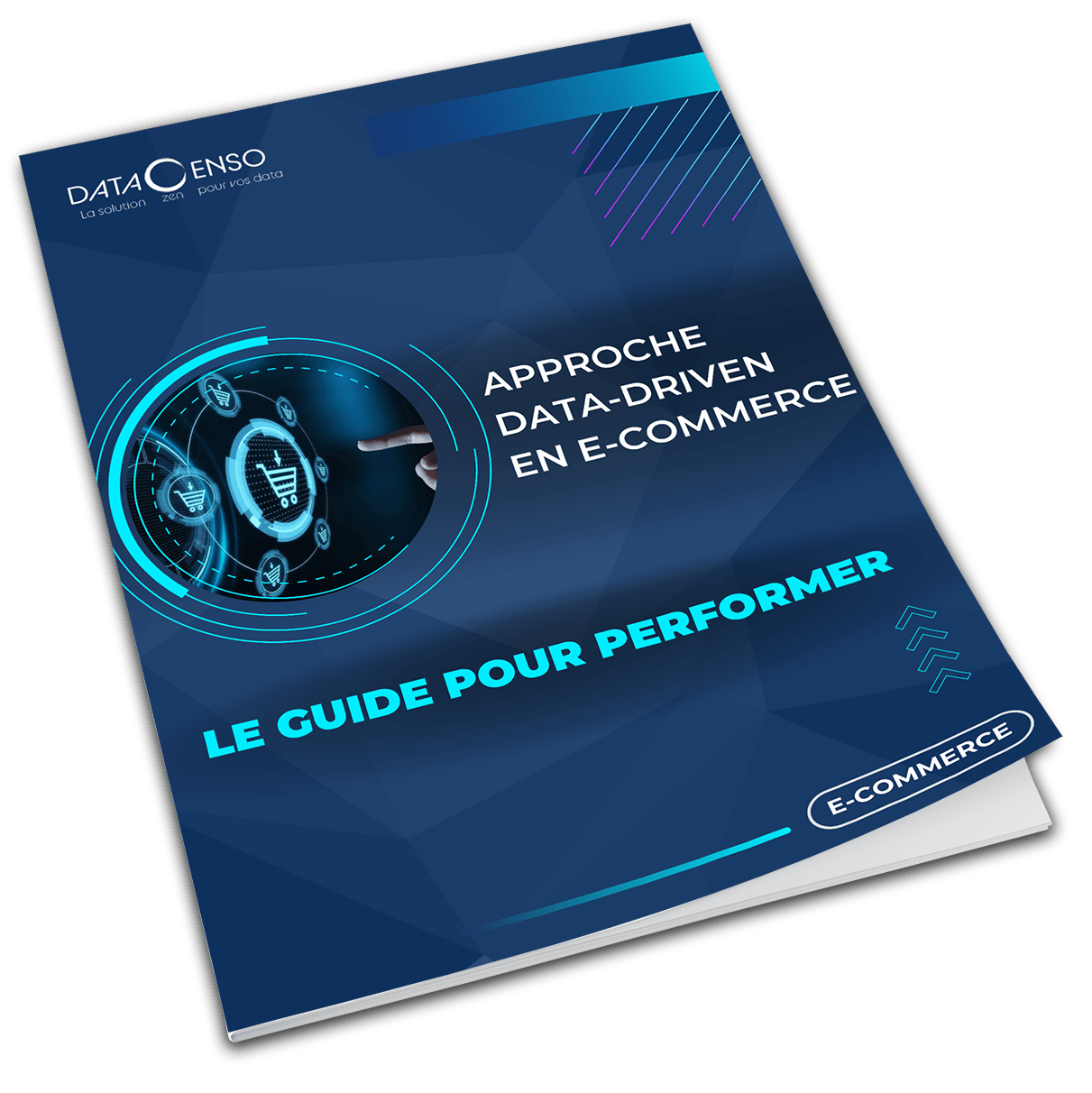Data-Driven Approach in e-commerce
Download your data enso white paper
The performance guide
The personal information collected is processed by Data Enso, (RCS Nanterre B 908 381 692). This information is required to respond to your request for documentation. Data Enso may use this information to offer you services useful to your professional activities. To exercise your rights or to find out more: Personal data charter.

What you'll find in the data enso white paper
The data-driven approach consists of steering an activity based on internal and/or external information, in order to make strategic and operational decisions more rapidly and with better knowledge of the facts.
In e-commerce, the data-driven approach consists of exploiting four major families of data to reduce costs and maximize revenues:
1) Prospect and customer data (first data, buying habits, demographics, web browsing behavior)
2) Sales data
3) Product data
4) Marketing action data.
In this practical guide, Data Enso looks at the data-driven approach in an e-commerce context.
What does data-driven mean for an e-commerce website?
What are the benefits of this approach for sales performance and profitability?
What data should be tracked to support data-driven marketing?
What KPIs should be used to measure e-commerce performance?
You'll also find two case studies (Amazon and Walmart) and numerous benchmarks to help you get started.
Contents of the enso data white paper
1 - Editorial
2 - Data-driven and e-commerce: what are we talking about?
3 - E-commerce: why adopt a data-driven approach?
4 - The dithyrambic figures of data-driven e-commerce
5 - Data-driven and e-commerce: which data to use?
6 - Which KPIs should be used to measure the performance of an e-commerce site?
7 - Conclusion

